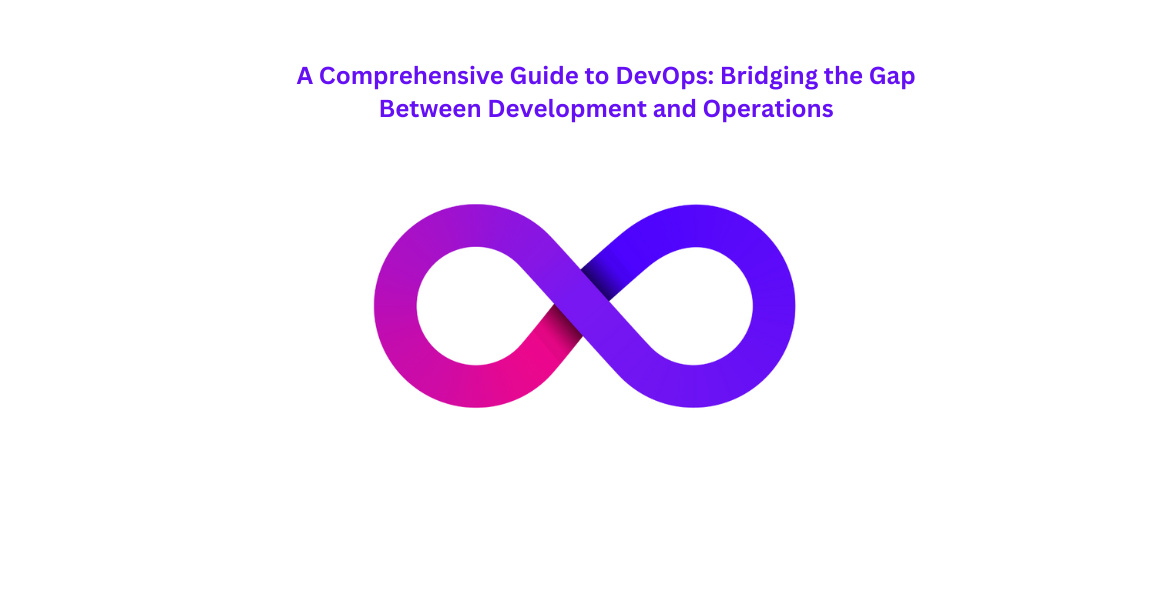In the fast-paced world of software development, efficiency, collaboration, and agility are paramount. DevOps, a portmanteau of “Development” and “Operations,” has emerged as a transformative approach to streamline the software development lifecycle, enhance collaboration, and accelerate the delivery of high-quality applications.
Understanding DevOps:
At its core, DevOps is a cultural and organizational shift that promotes collaboration and communication between development and IT operations teams. It seeks to break down silos, foster a shared sense of ownership, and align the goals of these traditionally separate functions to deliver software more efficiently and reliably. DevOps is not just about tools or processes; it’s a mindset that prioritizes automation, continuous integration and continuous delivery (CI/CD), and the rapid iteration of software. The DevOps Training in Hyderabad program by Kelly Technologies can help to develop the skills needed to handle the tools and techniques associated with DevOps.
Key Principles of DevOps:
- Collaboration: DevOps emphasizes the importance of collaboration between development, operations, and other stakeholders involved in the software development process. Cross-functional teams work together to achieve common goals and drive innovation.
- Automation: Automation is a cornerstone of DevOps. It involves automating repetitive tasks, such as code deployment, testing, and infrastructure provisioning, to eliminate manual errors and accelerate the development process.
- Continuous Integration (CI): CI involves regularly merging code changes into a shared repository and running automated tests to detect issues early in the development cycle. This ensures that code changes do not introduce defects and maintains a stable codebase.
- Continuous Delivery (CD): CD extends CI by automating the deployment of code changes to production or staging environments. It enables rapid and reliable software releases, reducing the time between code completion and its delivery to end-users.
- Monitoring and Feedback: DevOps teams prioritize real-time monitoring of applications and infrastructure to detect and address issues promptly. Continuous feedback loops help teams make data-driven decisions for improvement.
DevOps Practices:
DevOps encompasses a range of practices and techniques that enable teams to implement its principles effectively. Some of the key DevOps practices include:
- Infrastructure as Code (IaC): IaC allows teams to provision and manage infrastructure using code. Tools like Terraform and Ansible enable the automated creation and configuration of servers, networks, and other resources.
- Microservices: Breaking down applications into smaller, loosely coupled microservices enables greater scalability, agility, and ease of maintenance.
- Containerization: Containers, managed by tools like Docker, provide a consistent and portable environment for applications, making it easier to deploy and scale across different environments.
- Orchestration: Container orchestration platforms like Kubernetes automate the deployment, scaling, and management of containers in a cluster.
- Version Control: Git is the industry-standard version control system that tracks code changes, facilitates collaboration, and enables rollbacks when issues arise.
- Test Automation: Automated testing frameworks ensure that code changes are thoroughly tested, reducing the risk of introducing defects into production.
Benefits of DevOps:
The adoption of DevOps brings a multitude of benefits to organizations, including:
- Faster Time-to-Market: DevOps practices reduce manual processes and streamline workflows, enabling organizations to release software updates and features more frequently.
- Improved Collaboration: DevOps fosters a culture of collaboration and shared responsibility among development, operations, and other teams, leading to faster issue resolution and higher-quality software.
- Increased Reliability: Automation and continuous monitoring reduce the likelihood of production incidents and downtime, leading to more reliable and resilient applications.
- Cost Efficiency: By automating repetitive tasks and optimizing resource utilization, DevOps helps organizations reduce operational costs.
- Enhanced Quality: Automated testing and CI/CD pipelines catch bugs early in the development process, resulting in higher-quality software.
- Scalability: DevOps practices, such as containerization and microservices, enable applications to scale seamlessly to meet growing demands.
Challenges and Best Practices:
While DevOps offers numerous advantages, its implementation can be challenging. Common challenges include resistance to change, cultural barriers, and the complexity of integrating new tools and practices into existing workflows. To address these challenges, organizations should:
- Foster a DevOps Culture: Leadership should champion a cultural shift that emphasizes collaboration, experimentation, and learning from failure.
- Invest in Training and Education: Provide training and resources to help teams acquire the necessary skills and knowledge to embrace DevOps practices.
- Start Small: Begin with a pilot project to gradually introduce DevOps practices and assess their impact before scaling across the organization.
- Measure and Monitor: Use metrics and monitoring tools to track the effectiveness of DevOps practices and identify areas for improvement.
Conclusion:
This article in the Tefwins must have given you clear idea about In today’s software-driven world, DevOps is not just a buzzword; it’s a fundamental approach to delivering software faster, more reliably, and with higher quality. By embracing DevOps principles and practices, organizations can break down silos, automate manual tasks, and create a culture of collaboration that enables them to stay competitive and respond to customer needs more effectively. DevOps is not a one-size-fits-all solution, but rather a set of guiding principles that organizations can tailor to their specific needs and goals. As we navigate the dynamic landscape of modern software development, DevOps remains a powerful ally in the quest for innovation and efficiency.



